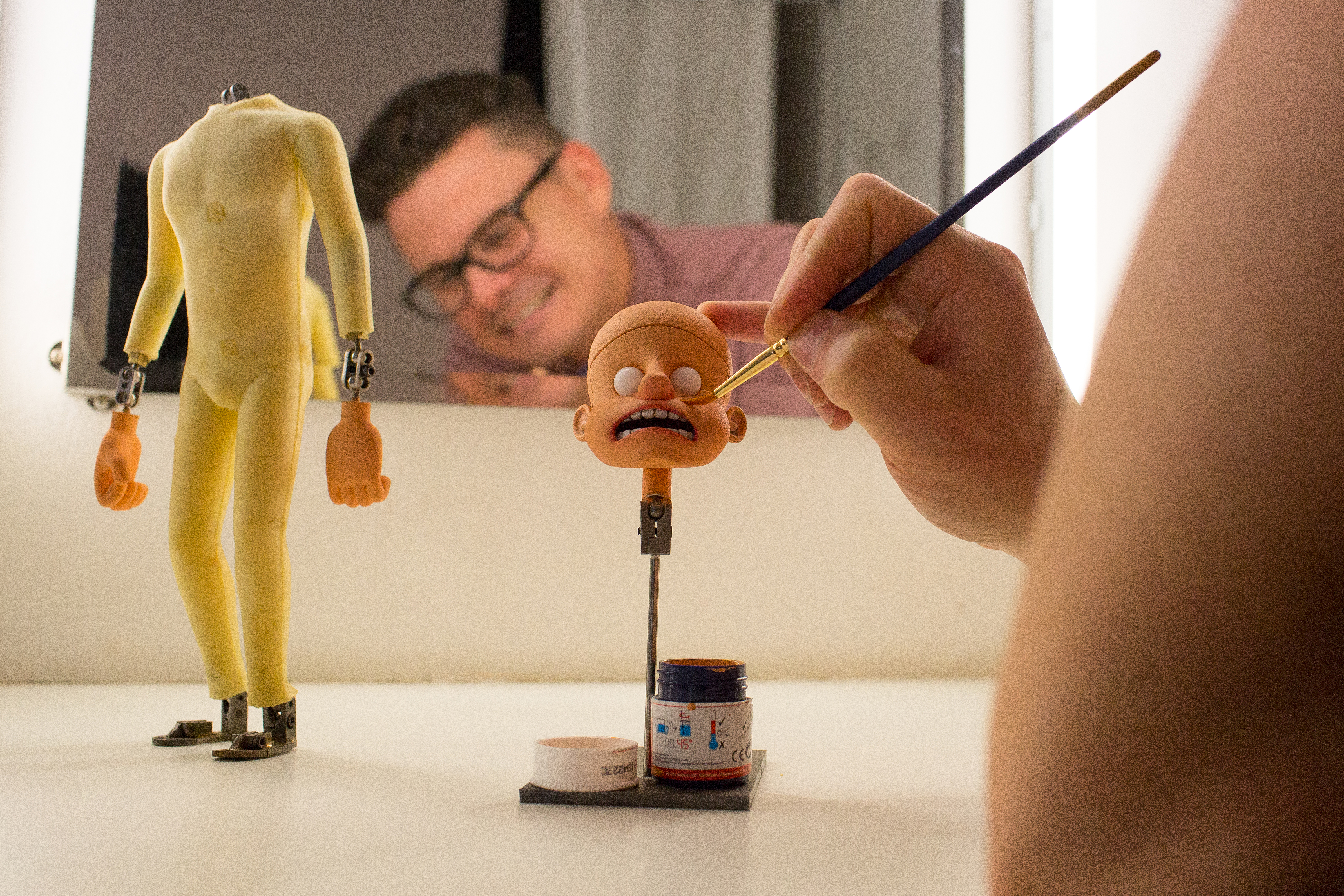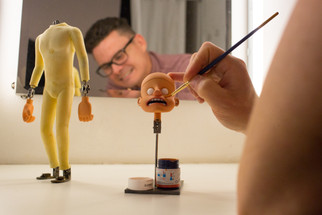Posted by Wes Wood on 17th Oct 2018
HOW TO - Puppet maintenence

Puppet Maintenance marathon.
It’s an undertaking before you have even started: writing, planning, designing and making your stop motion assets before you start shooting. No one said it was going to be easy. One of the most gratifying moments of any production is the realisation of your character as a puppet. If you have made the puppet, you will feel like a mother/father does to a child. This is your baby and under no circumstances will you let anyone hurt/damage/destroy or otherwise, anything to your baby.
The truth of the matter is this - a puppet is a puppet, an inanimate object designed and fabricated to be a star in your production. The rigours of animation look easy but are tough - and very tough on your puppets. Your puppets are the workhorse, the grafters and the pitheads of your production - they are the ones doing all of the work.
So it wouldn't surprise you if I told you puppets break, fade, rip, loose tension, loose paint, loose hair, balls fall off, eyes roll out, fingers break, silicone tears, costumes stain and many more. Your puppet could sucome to anyone or all of these during the lifetime of your production. And guess what? It’s normal.
The puppet maintenance marathon starts when shooting starts
Yes it’s normal to have a broken puppet. There are professionals in the stop-motion industry that specialise in puppet maintenance. I, for one, was one myself. When you make a puppet it’s almost guaranteed to fail in some way, there’s no golden fleece of a puppet that never needs some attention in some way shape or form. You have to look at this as a real film, not stop motion. Actors go to costume and makeup on a daily basis and are constantly getting ‘re-touched’ during any given take or sequence. It’s the same for your puppet - only they can be a little more delicate than a real actor.
The puppet maintenance marathon starts when shooting starts. Be ready - have your tools to hand, particularly Allen keys to adjust tension. Sometimes the tension for one pose/movement may require to be looser for the next, this is quite a personal thing. Some animators like their puppets to be as loose as possible and others the opposite. Have pre-mixed paints and a fine brush on hand to touch up any blemishes, a needle and thread to tie up loose ends in the costumes etc. It’s not rocket science.
When you have finished shooting the puppet maintenance marathon may still continue: remember to look after your puppet, you never know if you’ll need to re-shoot a scene. Additional to this - will you be showing your film at a degree show/festival etc. You may want to show your puppet(s) off. ‘Reset’ and ‘restore’ your puppets at the end of your shoot and you’ll be ready for any such occasion.
Puppet maintenance is a slog, sometimes faults/breakages catch you at the most inconvenient moment (mid shot on a small, subtle move for example). Have tools ready and ‘limp through’ the shot if it can’t be fixed in the current pose. I hope this information is useful, as always drop us a line on social and tag us in your projects, we’d love to see what you are creating. Until next time,
That’s all folks,
Wes

